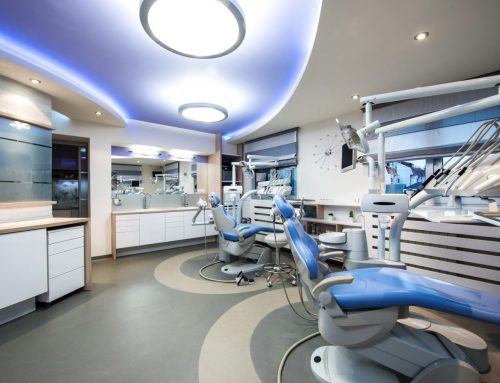Are you in the market to buy a dental practice?
If so, you may be inheriting the dental office lease agreement for the space. The office lease is one of the most important contracts you will ever sign in your career as an owner dentist, often containing problematic areas and expensive hidden risks.
Follow these key steps for a smooth transition into the new and exciting role of an owner dentist.
STEP 1: Practice Needs and Goals Assessment
Prior to completing your purchase, you’ll want to plan out your short and long-term practice goals. This will help you understand what you need your dental office lease to do for you, and how it should be set up to support your goals.
STEP 2: Assembling the Right Team
The next step in your practice acquisition plan is gathering a team of reliable professionals to help make your vision a reality. Assemble experienced and accredited office/space designers, builder/contractors (if applicable), dental equipment supply and technology specialists, financial advisors, a lender, and a dental office lease negotiator.
STEP 3: Practice Financing
What is your budget for buying the practice? Arrange financing in advance and meet with your financial advisor and accountant to review and determine your ability to manage the investment. How much debt are you prepared to acquire? What type of debt are you considering (i.e. fixed loan, line of credit)? Consider interest rates, repayment terms, and flexibility when determining if the investment makes sense
for you.
STEP 4: Letter of Intent or Offer to Purchase
A Letter of Intent (LOI) or Offer to Purchase (OTP) are (ideally) non-binding agreements that outline the buying dentist’s interest in the dental practice. They include high level terms such as the purchase price for the practice, closing dates, the role of the departing dentist, restrictive covenants to the seller such as non-competes, and more.
Draft, negotiate and sign the LOI or OTP for the practice. Ensure you make the purchase of the practice conditional upon a successful transfer of the lease agreement.
STEP 5: Review & Negotiate the Dental Office Lease
When a dental practice changes ownership, so must the lease agreement; the lease interest needs to be transferred from the existing tenant to the purchaser of the practice. Once the LOI or OTP have been finalized, it’s time to review and negotiate the details in the dental office lease, ensuring it supports a smooth “assignment” and protects both parties, with particular attention to the buyer.
Lease agreements are drafted by landlords and their attorneys for their financial interest, containing language that lets them control the landlord/tenant relationship throughout the course of tenancy.
Issues in the Standard Dental Office Lease
Very common in standard form leases are clauses that may force a dentist to relocate unexpectedly, disallow them the ability to offer prospective patients specialty dental services, restrict the hours of operation of the practice, or disallow the opening of a satellite practice; the list goes on.
Work with your dental office lease negotiator to review the details of the lease for the above noted risks and more. Together, develop a custom negotiation strategy to secure the best possible outcome with fair terms that will help you sustain a successful practice with long-term protection and the flexibility to grow.
Important Leasing Considerations
STEP 6: Closing the Transaction
Upon the successful negotiation of the dental office lease (or assumption agreement), have both parties execute the documents, make copies, and save them somewhere safe. Ensure you receive a fully executed copy of the contract for your records. Finalize the transaction by completing the Purchase of Sale Agreement (by waiving purchaser conditions).
STEP 7: Next Steps
Prepare to open by finalizing budgets, confirming office design plans, completing construction (if applicable), and ordering, delivering and installing equipment and supplies. Acquire the appropriate permits, hire and train your staff, apply any last-minute touches, commence marketing efforts, and open your doors!
About Cirrus
Cirrus Consulting Group specializes in helping dental professionals achieve favorable terms and rental rates in their leases. We review the dental office lease for risks and problem areas and develop a customized negotiation strategy to help our clients secure a lease that aligns with their goals and promotes practice protection, security and success.
Click here to download this blog as a white paper.
Questions about purchasing a dental practice or your dental office lease?
Contact us for a personalized lease chat below.



